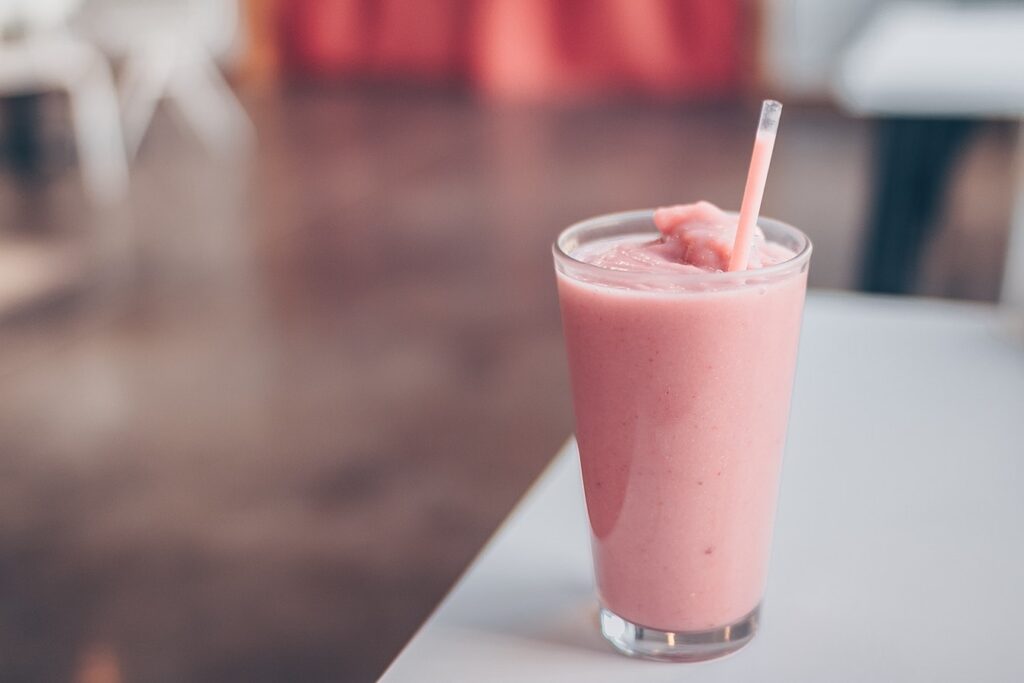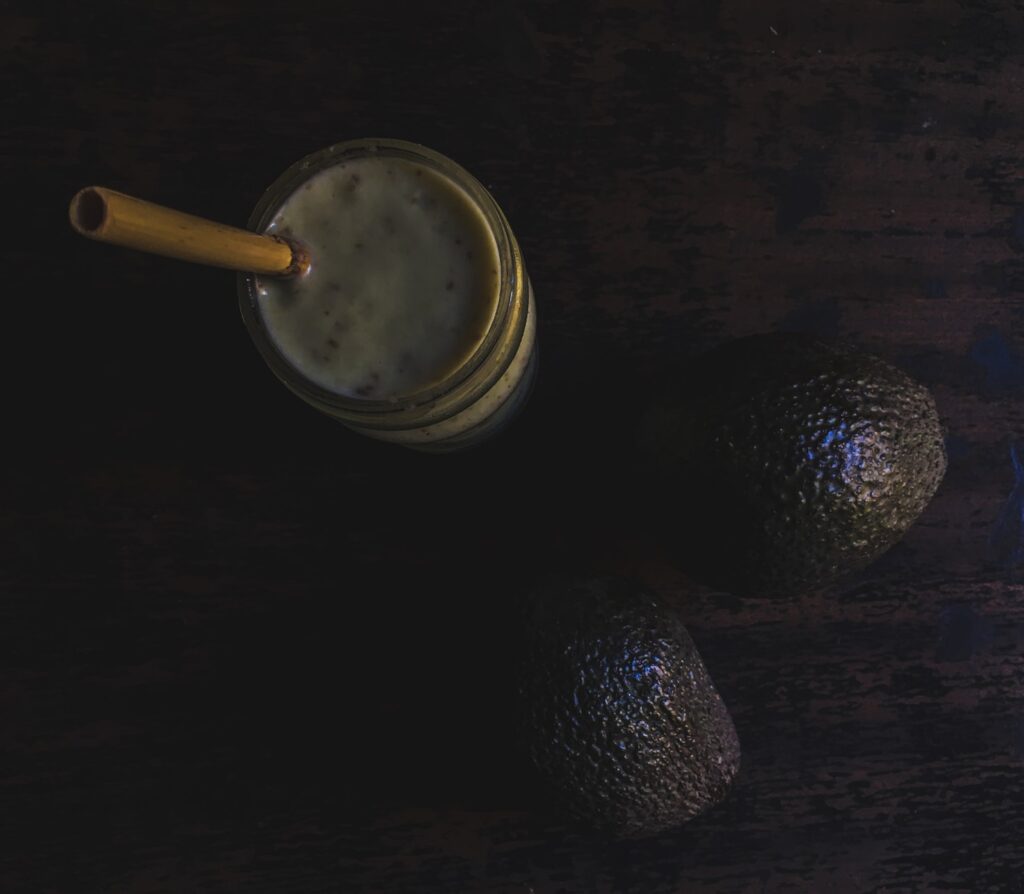
Protein powder isn’t necessary for being healthy or building muscle, but it definitely has its perks. It’s an easy way to get more protein into your diet, makes for a convenient breakfast, and can become a welcome part of your gym routine. Is there any better way to reward yourself for an intense gym session than downing a well-deserved protein shake?
Before you splash out on a massive tub of powdered gains, check out our simple guide for everything you need to know about protein powder.
What kind of protein?
The right protein powder for you depends largely on your dietary choices and restrictions. Protein powder can come from many different sources, such as:
- Whey (dairy)
- Plant-based, such as pea, soy, rice or hemp
- Egg
- Collagen (either bovine or marine)
- Crickets
Yes, you read that correctly. Crickets.
If you follow a vegan diet, you’ll want to opt for a plant-based protein powder. Whey, egg, collagen and of course, cricket protein powders would be an unsuitable choice, as these are all sourced from animals or animal byproducts.
Those who follow a paleo or primal diet tend to avoid dairy and grains, which rules out not just whey but many plant-based protein powders, such as rice and pea. Collagen and egg protein are popular paleo and primal options, along with cricket. Hey, don’t knock it till you try it!
Macronutrients and bioavailability
Like any food, every protein powder has a different macronutrient ratio. Most protein powders are pretty much fat-free, which leaves carbs and protein. If you follow a low carb diet, such as a ketogenic diet, make sure you check the carb count before buying.
It goes without saying that the amount of protein in your protein powder is pretty important. A serve of protein powder can offer anywhere between 10 and 30 grams of protein. That’s a big difference!
There’s also the matter of bioavailability— that is, how much of that protein your body can actually utilise to build muscle. This is the main criticism against collagen protein. Collagen is not a complete protein, so your body may not be able to absorb and convert all of it like it would other kinds of protein
Taste and texture
Protein powders come in many different flavours, from plain and unsweetened to all kinds of creative concoctions like cookies and cream. Texture is equally as important, as this is always noticeable in a protein shake. Many plant-based proteins can be quite chalky in texture, while whey, egg and collagen can be almost undetectable.
Consider how you’ll be consuming your protein powder. Will you be mixing it into a smoothie with fruit and other ingredients? A more dense-textured protein in a versatile flavour, such as vanilla, might be a good choice.
On the other hand, if you’re after something that stands well on its own when mixed with nothing but water, then maybe a more exciting flavour and smoother texture would be better. Just don’t be surprised if you get sick of that popcorn-flavoured protein water after a week!

Added ingredients
Most protein powders contain more than just protein. They can be sweetened with artificial sweeteners, natural sweeteners and sugar alcohols, or straight up sugar. This can have an impact on how healthy or unhealthy your protein powder actually is, how it impacts your insulin, and of course, taste.
Then there are other added ingredients. While a long ingredients list can often include natural and nutritious additions, such as prebiotics, there can also be a ton of not-so-healthy filler ingredients. These include thickeners, vegetable oils and other additives.
One more thing to consider is digestion. Some people have trouble processing protein powders with many ingredients, no matter how natural or healthy they are. If you find yourself experiencing some digestive distress after trying a new protein powder, opt for one with as few ingredients as possible and see if you notice a difference.
Price
The final thing to consider when choosing a protein powder is the price. You can’t just compare the cost of one tub to the cost of another. It’s all about the price per serving.
Always look at how much protein you’re getting per serving, then break down how much each serving costs. You’d be surprised how few servings are in that giant tub of powder! By doing this, you could save yourself a lot of money each month— especially if you consume protein powder frequently.
Plus, any money you save can be put towards something that’ll put that extra protein to good use— like a pair of ankle weights! Reach out to us here at NC Fitness with any more questions you might have about building muscle.